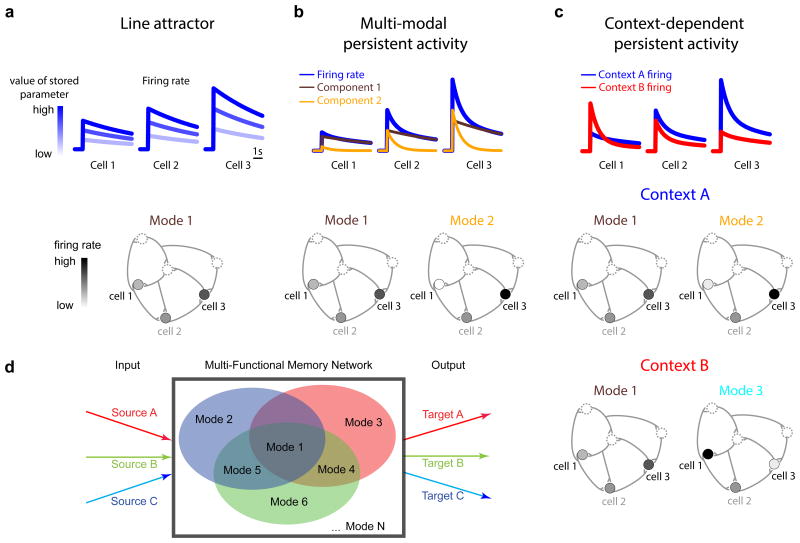Figure 1. A potential network mechanism for short-term memory storage and temporal integration in different contexts.
(a) Persistent activity for three cells (top) in a line-attractor network defined by a single pattern, or mode, of activity (bottom). The value of the memory variable is stored in the amplitude of activity (top) along this mode. The pattern of relative firing rates of the constitutive neurons in the memory network, constant across different memory values, defines the mode (bottom). (b) Heterogeneity in the time course of persistent activity (blue) of the same three cells (top) when two modes are active (bottom). The activity of each cell is given as a linear combination of the firing rate components associated with each mode. These two components are displayed in the brown and yellow traces. (c) If the integrating network is capable of supporting multiple modes of activity, then different behavioral contexts could use different sets of modes. In this schematic, the two modes of panel b are accessed during one context (context A, top), and a different combination of modes is accessed in a second context (context B, bottom). At the single cell level (top), a signature of such context-dependent processing in a graded short-term memory circuit or integrator would be firing rates that differ across contexts in both amplitude and rate of drift back to baseline. (d) Schematic of a multi-functional memory network. Such a network supports multiple, spatially and dynamically diverse modes of activity that can be utilized by separate inputs and outputs (red, green, blue) for different behaviors or behavioral contexts.

